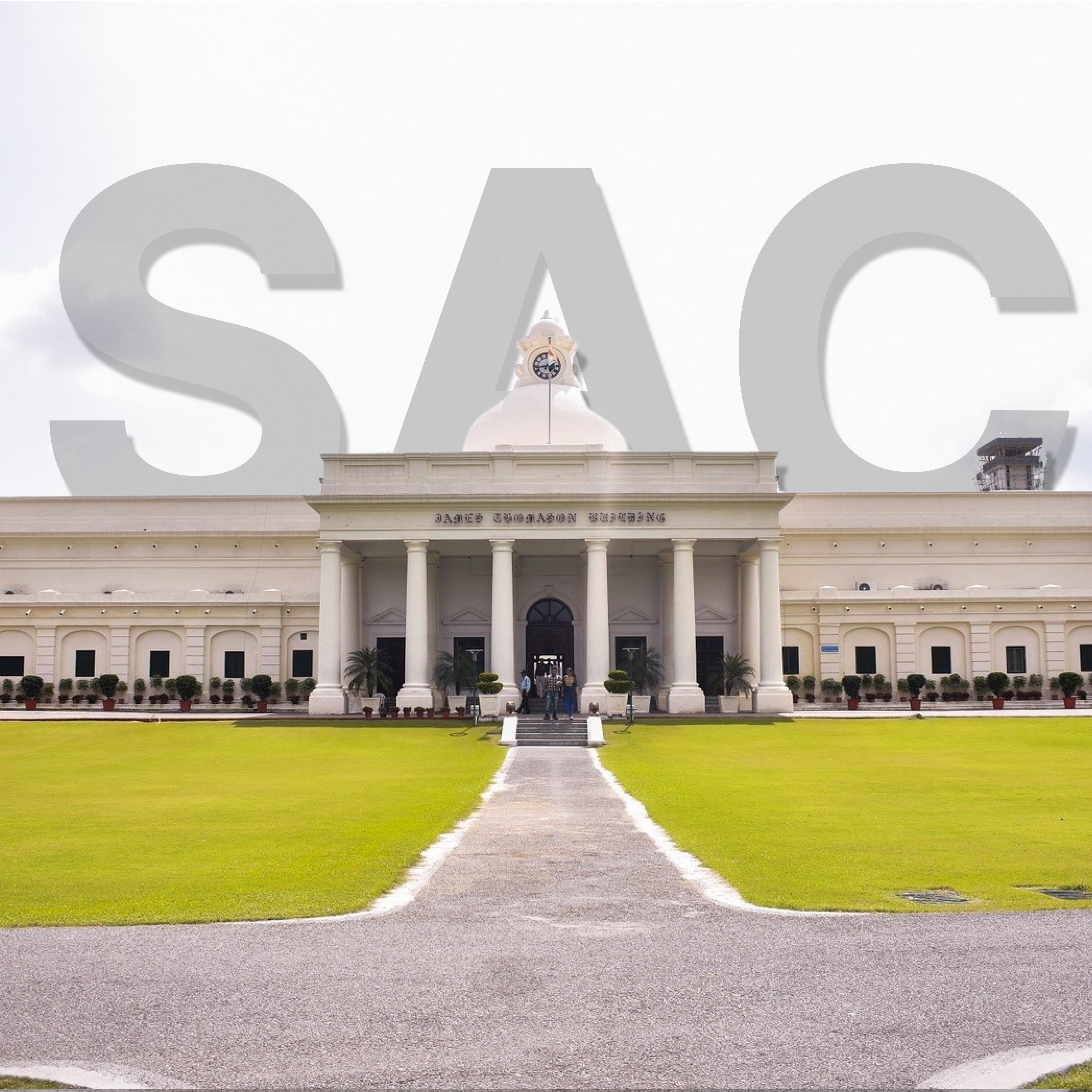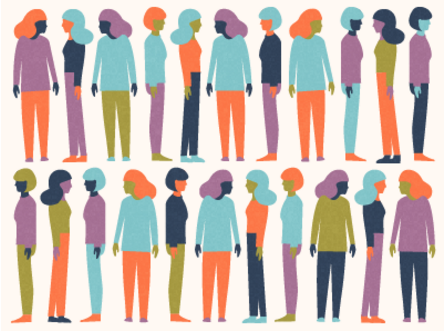

Body of IITR

Over the last few months, the students of IIT Roorkee have ceaselessly endeavoured to transform the institute into an equal-opportunity environment for themselves. The changes in the regulations of the institute, be it the stepped-up security in and around the campus, or the relaxation of the curfew timings of the hostels, suggest that the female students have now been encouraged to enjoy the facilities of the institute as rightfully as the male students do. However, most of these changes were brought through unstructured rebellions that carried a tone of resentment among the student populace; and while public portrayals of disapproval might not be the best way to insist for these policy changes, thanks to the lack of an organised system to address problems of the female junta at IIT Roorkee, students find themselves devoid of an option, hence engaging in mutinies in hopes of proper reforms. While this might have been, even in the most marginal sense, acceptable to the students for now, in the more sensitive cases involving the females of the college, the lack of a dedicated grievance redressal system in the administration compels students subject to issues like sexual harassment and abuse to take unwarranted ways in hopes of justice and fair treatment.
With close to 12% of the students and residents of the IIT Roorkee campus being women, a structured method for complaints related to sexual indiscipline targeted towards women has been as good as absent. As of now, there has been nothing but vague and obscure documentation to outline what the residents of the campus must do in cases involving sexual misdemeanour.
The general practice currently followed is that the students subjected to sexual misconduct report their grievances directly to the Office of the Dean of Students’ Welfare. The limited times during which you can seek help from this channel and hence, the utter inaccessibility of this system, forces the students to reach out to the Student Affairs’ Council, which is, in no way, equipped any better to deal with the problems than the aggrieved student himself/herself.
If the complaint does make it through to the DOSW, a committee is set up which comprises the DOSW himself, the faculty-advisors of the Cultural Council, the Sports Council, and HEC, ADOSW (Bhawan and Mess), ADOSW (International Students), the Chief Wardens of Jawahar Bhawan and Sarojini Bhawan, the Member Secretary of Kasturba Bhawan, the General Secretary of Alumni Affairs, the General Secretary of Academic Affairs (UG), and the Convenor of SAC. This committee, upon listening to both the parties involved, takes action on the basis of their sound judgement. The complexity of this procedure makes for a delayed and possibly tedious sequence of steps, that, in some cases, the victims might shy away from.

In addition to the procedure outlined above, in accordance with the Gazette of India, Part‐II, dated April 23, 2013, the then-Director of IIT Roorkee constituted the “Internal Complaints Committee” dated 28th November 2014 in the Institute to inquire into the complaints of sexual harassment. However, the committee was, by the looks of it, developed only to comply to the pressure from the Ministry of Human Resources and Development and has not, in fact, served as a complaint redressal cell we so desperately need. Most of the students, in fact, are unaware of the ICC owing to its dormancy on the campus. Moreover, this committee does not have any student representation, making it all the more inaccessible to the students of IIT Roorkee.
(You can find the details of this committee on this link.)
Furthermore, the seven institute-wide positions of the SAC have been occupied by the male students this year, and for the longest of times, the executive body of the SAC has seen minimal representation of the female faction of the campus. Although the representatives from the Sarojini and Kasturba Bhawans are nominated as senators, the executive body of the SAC has not had elected member who represents the interests of the females in the campus.
Moreover, considering the change in the election timeline since last year, the council of Sarojini Bhawan, which shall now be elected in April every year, sees no representation from the first-year undergraduate students, since they don’t join the campus until July.
Colleges all over the globe, be it Harvard, Stanford and Columbia, or the sister-IITs at Kanpur and Bombay, have a structured organisation similar to the Women’s Cell we need in our campus. Detailed study of the structure of these organisations, and replicating their activities as might be relevant to our campus might help in making the lives of the women at IIT Roorkee a bit easier. This organisation can offer 24x7 complaint registry services, counselling, and emergency response services among others. Currently, an almost defunct complaint system exists in the campus which enjoys minimal awareness among the student populace. Along with an immediate revamp of this system, awareness of this organization should be given utmost importance to ensure that IIT Roorkee, in fact, becomes a safer campus.
Additionally, along with the annual elections that choose the representatives for the various institute-wide posts currently in place, introduction of a new post, by the name of General Secretary: Women Affairs could probably solve the issue of the lack of representation in the SAC Executive Body. The same student can be the nominated member of the Women’s Cell, with more members selected from the students through nominations and selections done on the basis of their interest in working for this committee. The elected representatives of the Kasturba Bhawan and the Sarojini Bhawan, too, can be made a part of this committee to make it as inclusive as possible.
Illustration Credits: Justin Mezzell/Molly O’Connor